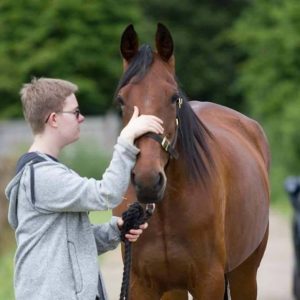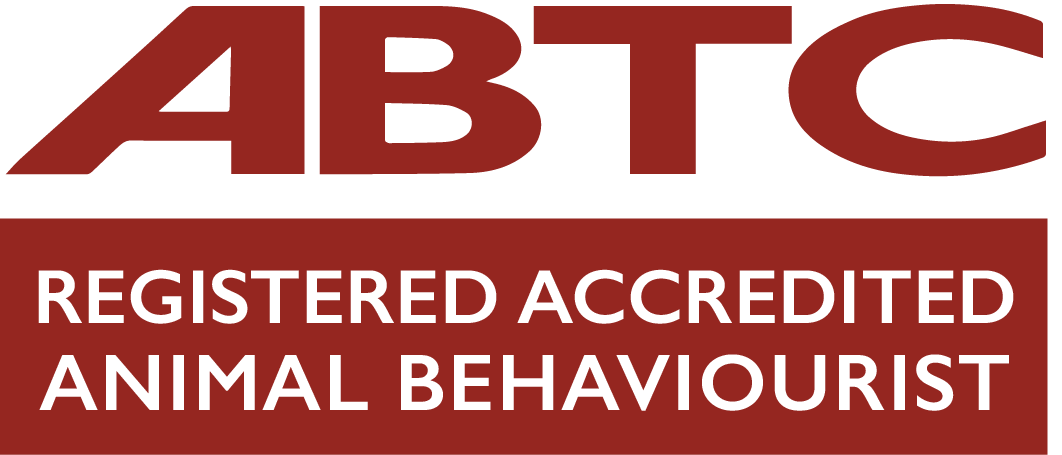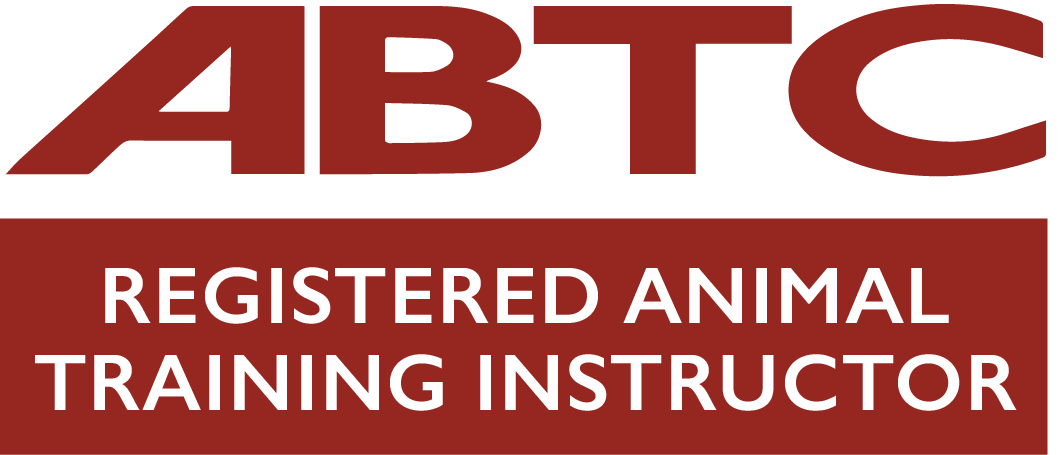As winter arrives most yards up and down the UK change their management regime and a lot of horses are stabled for some part of the day/night. This is usually because the fields get too wet and muddy and yard owners want to rest the fields so that the horses have enough grazing to last them year-round. This could also be because a horse is prone to abscesses during the winter due to the wet conditions and therefore bringing them in for some part of the day or night can reduce the risk of an abscess developing.
Whatever the reason for stabling horses, it doesn’t have to be a negative emotional experience for the horse..
“How we can manage stabled horses with welfare in mind?”
There are a number of different strategies that we can put in place with the aim of making the stable a less ‘negative’ place to be. These strategies will hopefully neutralise some of the ‘negative’ associations with the stable.
What can we do?
- Stable your horse next to his/her pair bond so they can interact with each other and smell each other
- Make the stable as light and airy as possible with windows as well as a door chain so that when you are around, you can have the door open with the chain across so that horse can stand and see what is happening on the yard
- Put a mirror in the stable so that if a horse is not able to see or touch another horse while stabled, he/she can see themselves
- Bring in the horses in pairs so they are not walking from the field to the stable on their own
Enrichment Time
Zoos often will schedule times during each day when they will give the animal’s enrichment sessions. This usually includes giving them an activity to do which will mentally stimulate them.
I no longer see stables as ‘boxes’ or an opportunity for horses to stand around doing nothing for hours. Instead, I see the stable as an ideal opportunity to mentally stimulate the horse through enrichment.
Horses are intelligent animals and love BOTH physical & mental stimulation as well as exercise. So when horses are in their stable and are not moving as much we can give them activities that will mentally stimulate them through enrichment. This works really well because even horses that live out 24/7 all year round can lack mental stimulation and enrichment.
Enrichment for the stabled horse
- Give them a slow feed ball and put hay nuts or their evening feed in the ball so they can forage for their feed over a period of time rather than eating it all in one go.
- Give them multiple sources of forage. Put some of their hay in a haybar, some of their hay in a slow-feed trickle net, some of their hay in a forage ball. This will encourage them to forage for their feed as they would if they were out in the field grazing.
- I have found forage balls to be really useful and really enriching for horses. You can put hay in (wet or dry or steamed) or haylage and it will last a lot longer and because the ball will move around as the horse tries to get the hay out, it will encourage the grazing behaviour.
- Make proper use of trickle nets. Normal hay nets don’t really restrict the horse’s forage intake very much and the holes are quite often too big, and the horse can get big mouthfuls of hay instead of little bits. Trickle nets can help by encouraging the horse to ‘graze for their hay’ because they can’t get massive mouthfuls. This means the hay lasts a lot longer (which is less time spent stood doing nothing) and there is something always lining their stomach which will reduce acid and encourage gut movement.
- For barefoot horses, you can tie the trickle net up and leave it on the floor for your horse to eat low to the ground in a grazing position or if you think your horse might drag it through the bed, you can put a tie ring closer to the ground and tie it against the wall (see picture below). For shod horses you can put the trickle net in a haybar so that they can’t get their shoes caught for any reason.
- You can get a rope and loop it back on itself and push carrots through so that the horse has to pull the carrots out. If you use straw bedding you can hide carrots in the bedding. You can use a tyre and hide hay cobs and carrots in some hay within the tyre.
As you can see there are so many different things that we can do to help mentally stimulate horses in their stable. Whether your horse is stabled at night in the winter, during extreme weather or due to a medical problem… these different strategies and enrichment ideas may help you to change your horse’s attitude towards the stable.






